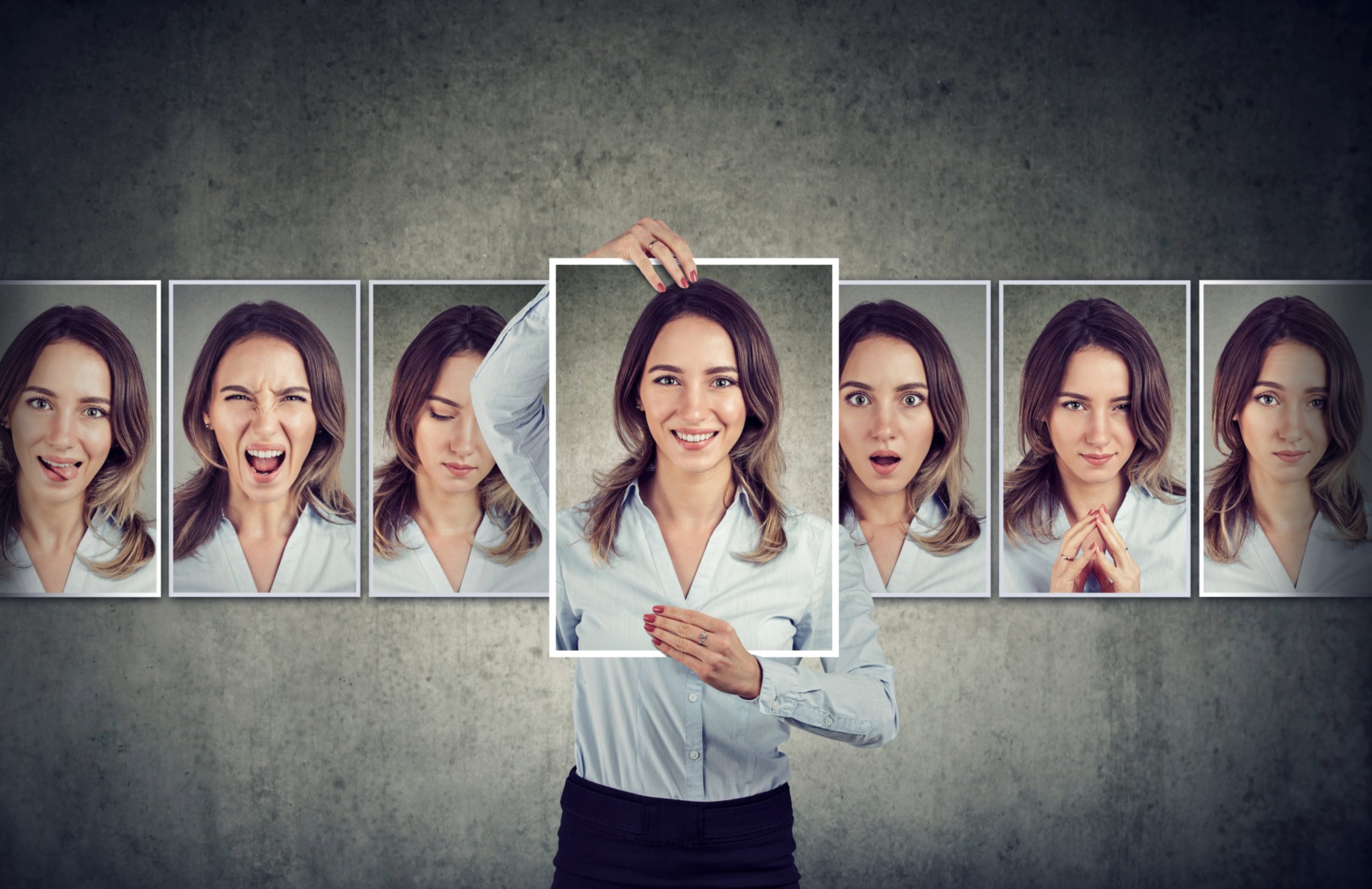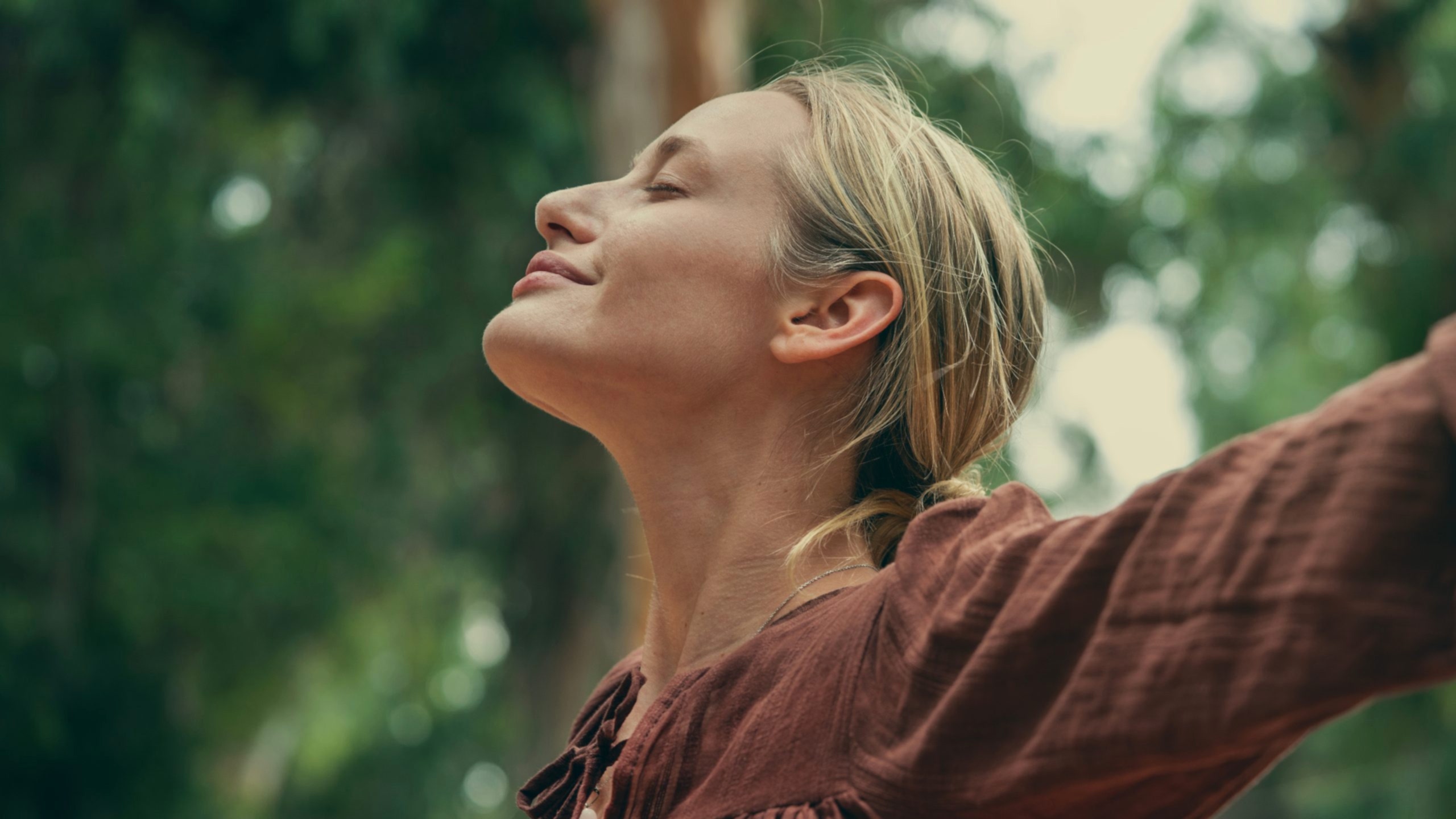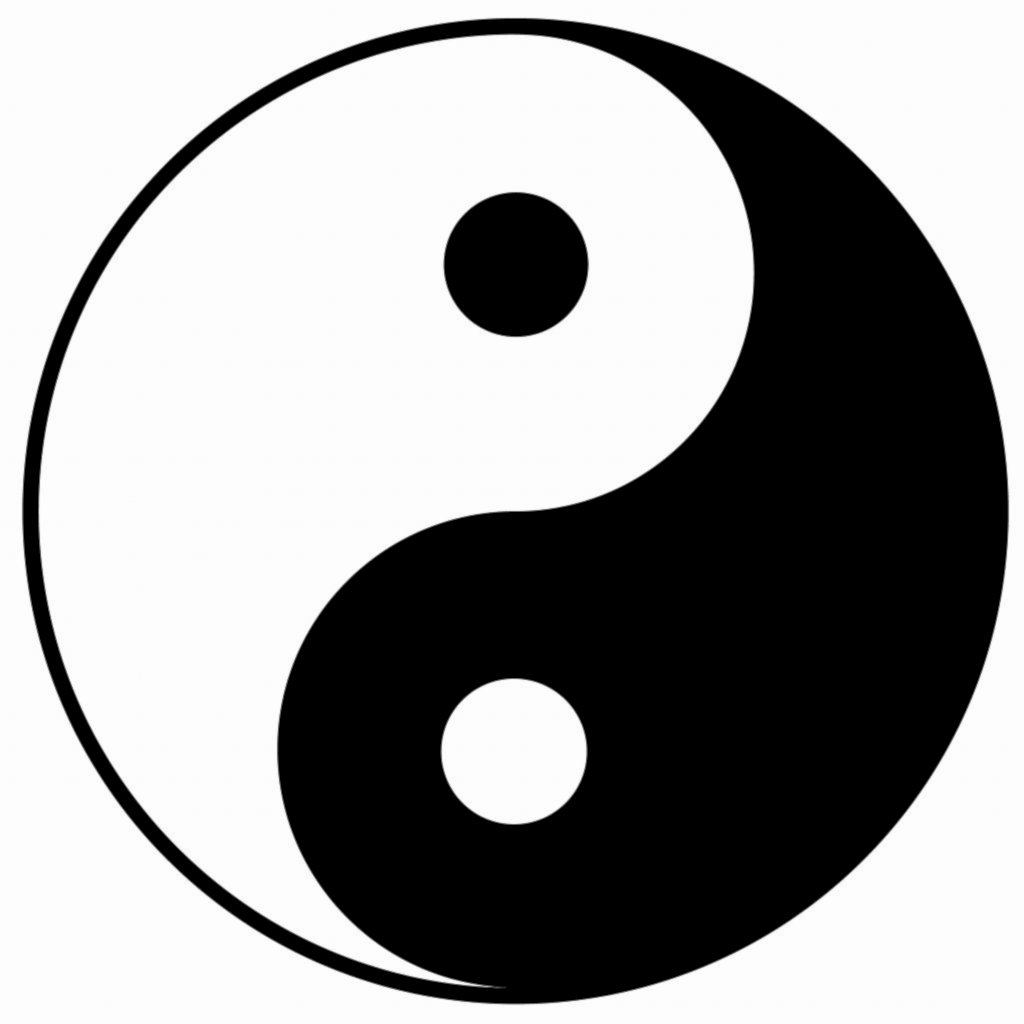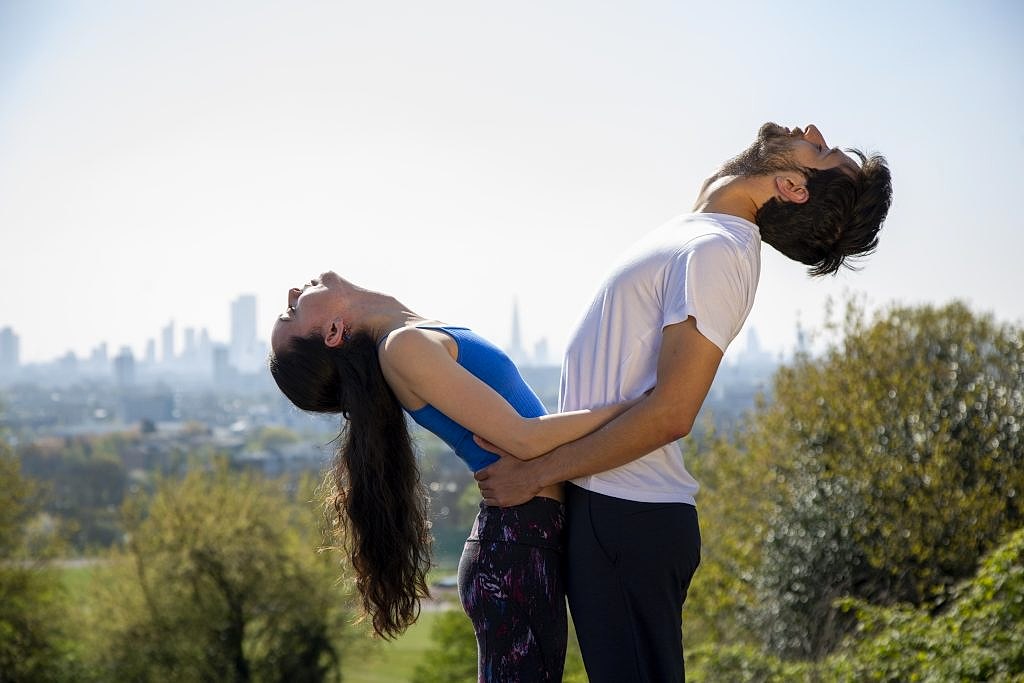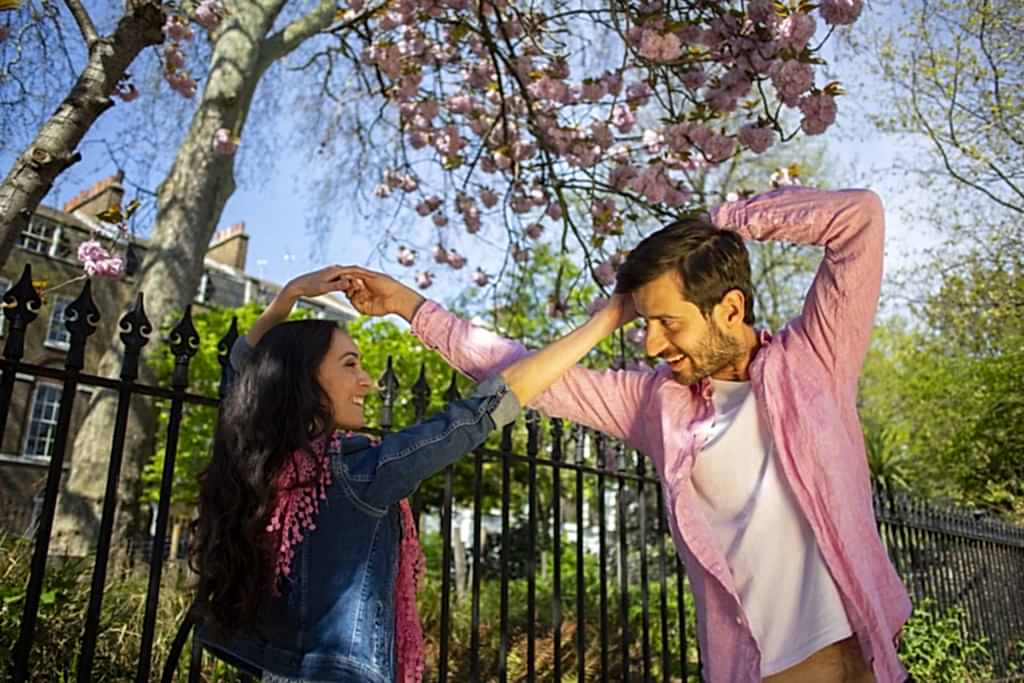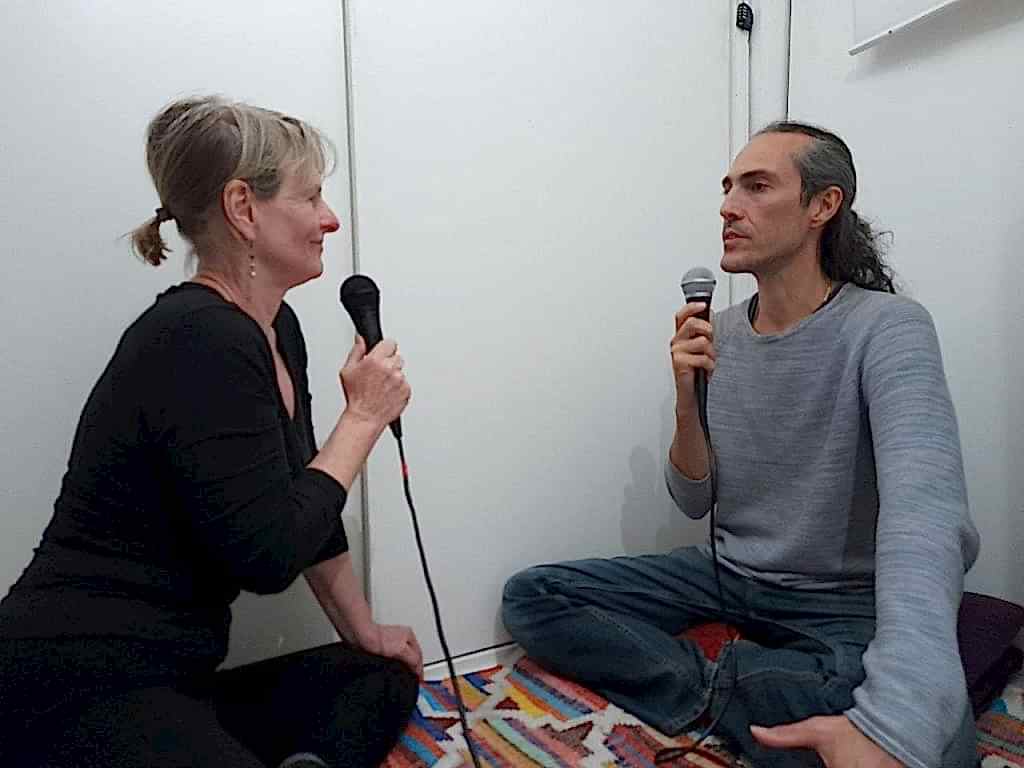This blog is about:
- Erotic drive & sexual energy
- Religious practices
- Erotic art and temples
- Virtues
- Hinduism
- Tantric lovemaking
- The Yoni & the Lingam
- Pleasure
- Spiritual path
- Union with the Divine
Religiously Erotic: Exploring the Sacred Union of Eros and Spirituality
I was born and raised Jerusalem, a city rich with religious history and culture and I have been a Tantric Yoga practitioner since 2001, I have come to deeply appreciate the complex interplay between spirituality and eroticism—two forces often seen as conflicting, but in reality, deeply intertwined. In this article I wish to explore the idea of being “religiously erotic” and how the erotic drive and the religious impulse can not only coexist but also elevate, support and potentiate one another.
Growing Up Among Religions
Jerusalem is a hub of religious movements. Growing up there, you are constantly surrounded by reminders of faith: the sound of the muezzin calling to prayer, the bells of churches, the sights of synagogues, mosques, and holy places. Though my parents were agnostics, I was born into Judaism and studied the Bible in school. Later in life, I studied other faiths—Christianity, Islam, Buddhism, Hinduism, Taoism – delving into their spiritual teachings.
What I noticed across these traditions, especially in the Judeo-Christian-Islamic context, was a shared antagonism toward eroticism. The concept of “original sin” is often rooted in the notion that desire is inherently corrupting. This perspective created a tension that never quite sat right with me, we can notice this repression with relation to the feminine and how often instead of being exalted the feminine is repressed.
A Eureka Moment: Tantra
When I encountered Tantric teachings, it was a revelation. I realized that the erotic and the religious were not at odds but were perfectly complementary. The longing for union with the absolute, a central aspect of mysticism, mirrors the deep yearning for union between lovers, my longing to deeply unite with a woman. The heart’s desire to reconnect with the Creator can be fully expressed in the act of sacred, erotic union. In the highest forms of Tantric practice, eroticism is a pathway to God.
This realization became profoundly clear to me during a visit to the Khajuraho temples in India in 2010. These temples, covered in intricate erotic sculptures, represent a powerful fusion of spiritual and sensual art. The erotic art on the temple walls did not diminish the spiritual atmosphere; rather, it amplified it. The erotic statues, crafted with the utmost care and reverence, were not mere representations of human desire but expressions of divine union. The artisans who created these statues did so with deep reverence, using beauty and eroticism to exalt the spirit to bring the devotee to deify the being. As I approached these temples, I felt an overwhelming sense of awe and love, as if the beauty of the exterior of the temple was preparing me for the sacredness within the temple. Experiencing the delight of the erotic statues, my soul felt cleansed to fuse with the transcendental reality
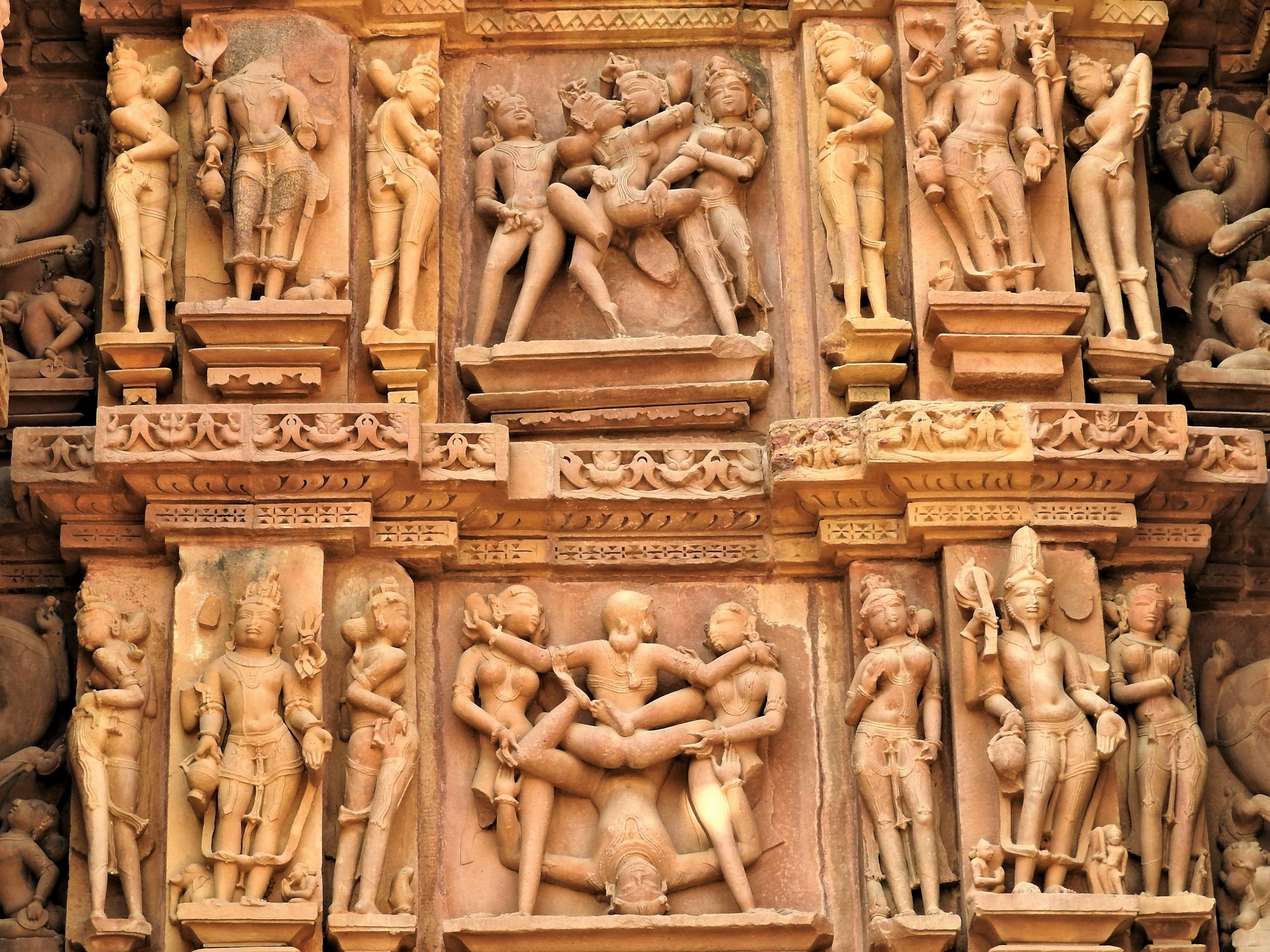
Eros as a Reflection of Divine Light
In many religious traditions, particularly in dogmatic or exoteric practices, there is a tendency to suppress erotic energy, to refuse it or consider it dirty or unclean. While this might be somewhat true regarding gross desires, the erotic aspiration is radically different. The erotic sense is inseparable from the religious practice. We can take this analogy of a prism refracting light (just imagine the album cover of Pink Floyd’s ‘Dark Side of the Moon’). The supreme light is pure, white light, which passes through a prism and emerges as the many colours of the rainbow – each colour representing a different Godly Attribute, a characteristic of consciousness. If we wish to recreate the bright white light with another prism, if one of those colours is removed, the light is incomplete. Similarly, when erotic energy is removed from the expression of the creator within creation, the full expression of the spirit within creation is diminished and incomplete.
There is a fear, especially in religious dogma, of the feminine, of sensuality, and of the intense energy that Eros can generate. This fear leads to a suppression of erotic potential, hindering many on the spiritual path. However, as seen above, by embracing erotic energy, we can experience a fuller manifestation of God’s light.
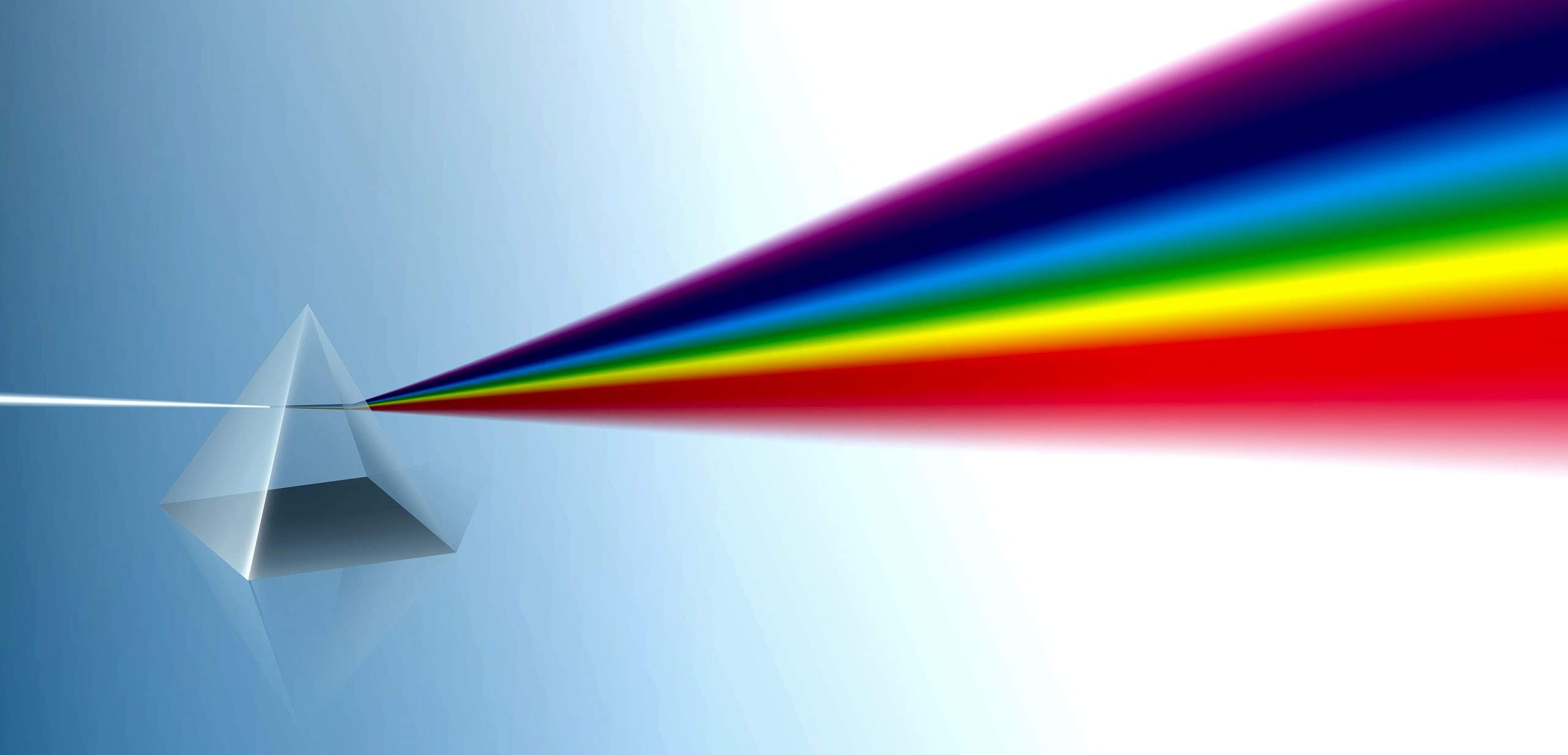
The Fear of Eros and the Feminine
Why have so many religious traditions feared eroticism? I believe it stems from a deeper fear of the feminine and the sensual, energies that are powerful and transformative. Desire stirs something primal within us, something that can be either ecstatic or agitating and unsettling. In the face of this energy, many religious traditions have sought to restrain from it completely, fearing that it could lead to chaos or distraction from the spiritual path, not realizing that the core of this desire is the deep longing for union.
This fear has limited the full potential of spiritual life. Many devout people struggle to integrate their erotic energy with their religious aspirations, and as a result, their spiritual progress is hindered. Instead of suppressing eroticism, we need to understand its role in our spiritual journey. Erotic energy, when aligned with love and reverence, can be a powerful force for spiritual awakening.
The Fall from Eden: A Metaphor for Separation
The Bible offers a symbolic story of this suppression in the tale of Adam and Eve’s fall from Eden. After eating the forbidden fruit, they become aware of their nakedness and feel shame. This shame represents a separation not only from each other but also from the divine.
In the original language of the Bible, Hebrew, as they fell from Eden it is said that they wore leathers (Orot in Hebrew) the fascinating part is that ‘Orot’ in Hebrew sounds the same as the Hebrew word for Light, ‘OR’. We can then say that from a more esoteric perspective, the fall from Eden is symbolised by covering their light, being ashamed of their nudity and eroticism.
The erotic, when stripped of shame and seen as a pathway to union, can lead us back to the metaphorical Garden of Eden. As Jesus said, the “The Kingdom of Heaven is within you,” the erotic energy can be a way to rediscover this inner Paradise, a return to Eden.
Sin as Absence of Virtue
When we talk about “original sin,” we are really discussing the absence of virtue, much like darkness is simply the absence of light. In this context, the original sin – the disordered desire – represents an inferior form of desire, one that dominates and blinds us rather than uplifts and enlighten us. It is not the desire itself that is sinful, but its misalignment with higher virtues like love, beauty, and sacredness. To shun erotic energy entirely is to reject a vital force that, when aligned with love, can elevate us toward the deification.

Tantric Lovemaking: A Sacred Practice
In Tantric practice, lovemaking is not just a biological act; it is a spiritual discipline. Tantric lovemaking is a method for reconnecting with the divine through the play of Godly Attributes like love, beauty, sacredness and elevated pleasure. These attributes do not merge into a single, indistinct energy but remain distinct and complementary, creating a symphony of divine expression and inviting us to experience the vivid reality of the creator within creation. In this sacred space, eroticism is not merely about pleasure or physical connection; it is a pathway to spiritual union, a religious act in its purest form.
Tantric lovemaking invites us to see the erotic union between man and woman as a sacred act, an expression of the deepest prayers of one’s heart. The lingam (the male organ) becomes an expression of the man’s heart, and the yoni (the female organ) becomes a place of worship, a sacred space where the prayers of the heart rise to the heavens. This union is not only a union between man and woman but a union with the divine, a state of yoga, or spiritual merging.
Not by chance throughout history, we see that many deities and spiritually enlightened beings were also depicted as having rich erotic lives. In Greek mythology, Zeus’s many lovers symbolize his divine power. In Hinduism, Krishna had 1,000 Gopis, and Shiva made love to Parvati for 1,000 godly years. Even in Jewish tradition, the “Song of Songs” is an erotic love poem often interpreted as an allegory for divine love. These examples show that the enlightened beings or Gods were often erotically active.
Some brief practices and advice on how to be Religiously Erotic
To be “religiously erotic” is to live in harmony with both the erotic and spiritual aspects of our nature. Here are five practices that can help us cultivate this union:
- Distinguishing Between Sex and Eros: Sex, in its biological form, often separates us from our higher nature. Eros, however, is an upward, inward force that connects us to the divine. Understanding the difference between these two energies is the foundation of the religiously erotic path.
- Contemplating Erotic Art: By contemplating erotic art, we can connect to the beauty and spiritual power that eros represents. This practice helps elevate erotic energy to a higher, more refined state.
- Infusing lovemaking with Consciousness: During lovemaking, take moments to pause, reflect, and realign your intentions with love. This sanctifies the act and connects it to the divine.
- Removing Shame: Shame blocks the natural expression of our erotic energy. By removing shame, we can freely express our desires and align them with the highest virtues.
- Avoiding Objectification: Objectifying others or nature creates a barrier to true connection. By seeing our partner not as an object but as a divine being, we open the door to deeper communion and spiritual union.
Conclusion: An Invitation to Fuse Eros and Spirit
In conclusion, being religiously erotic is about realizing that eroticism and spirituality are not in opposition but are potent allies on the path to the divine. When these two forces are integrated, they create a powerful synergy that can elevate us to the highest forms of spiritual realization. The erotic, when practiced with love and consciousness, becomes a sacred bridge to the heart of the Creator.
This is an invitation to explore the depths of eros as a spiritual path, to embrace the fullness of both our erotic and religious nature, and to rediscover the divine in the union of the two lovers.

